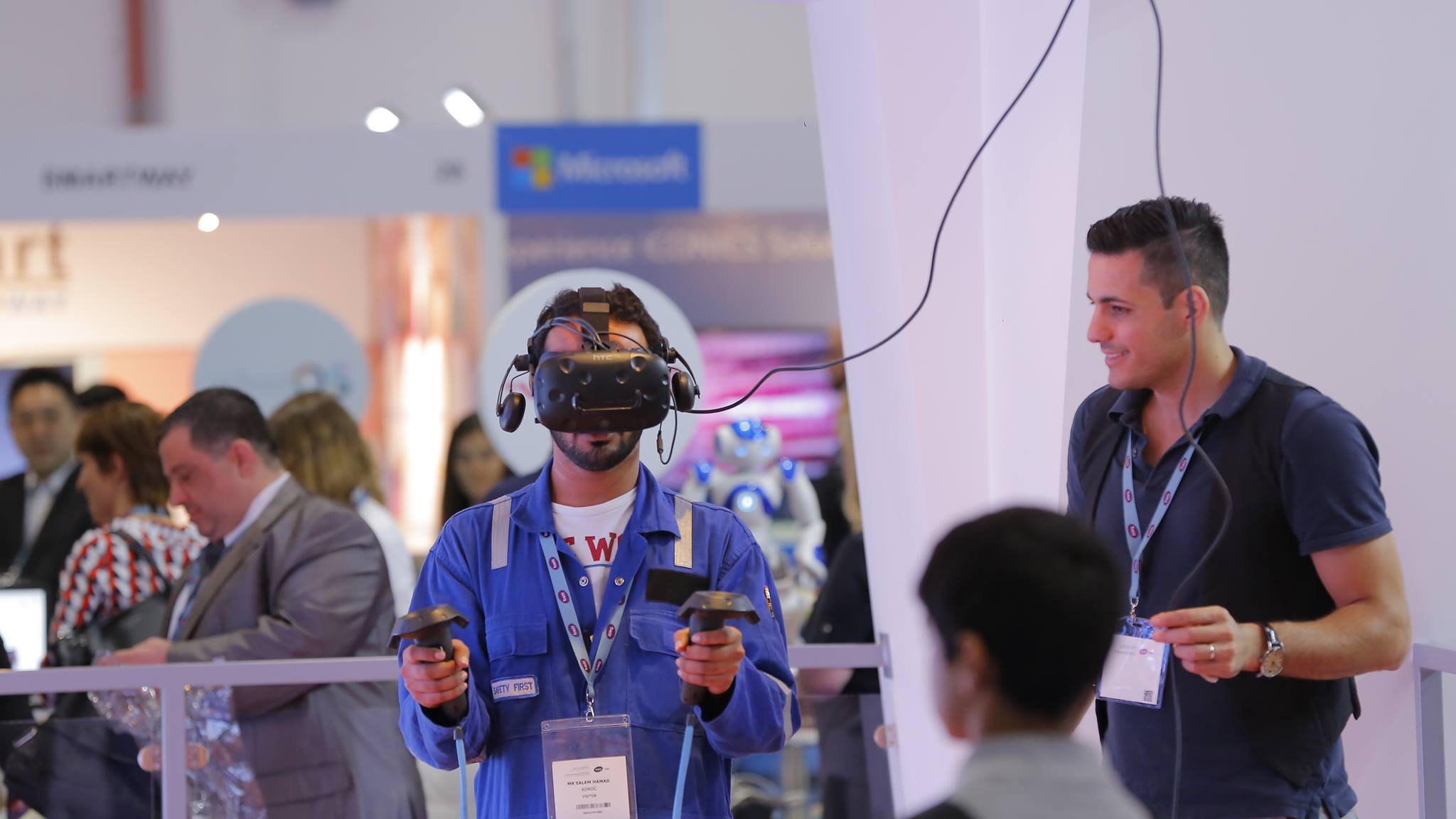
Muscat: Educators and mental health workers have said that technology can help unlock the tremendous potential within mentally challenged children in Oman and the rest of the region.
As more and more research goes into helping mentally disabled children get an education that will help them thrive in future, it helps express themselves and is able to bring out their creativity and talent, which would not be possible otherwise.
Ritu Chaturvedi, who works with challenged children at Rashid Hospital, a specialised academic hospital which also provides emergency care and services to them, shared examples of how her students harnessed technology to express themselves in ways they would not have been previously able to.
“I work with a lot of students who are disabled – some of them have Down Syndrome – and others are so severely challenged that they cannot even hold a pen property,” she said. “But if you give them a virtual device, then they paint the most amazing pictures you have seen. They are not able to communicate normally, but without the technology like this, they would not be able to do so. If you give them this technology, then you can see their creativity and you can see how skilled they really are. This would have been impossible for them without this technology.
Chaturvedi added: “It is so nice to see some children who are severely disabled still given the opportunities to learn, because I work with some children who are so disabled that they cannot attend the classroom, but at least their mother or father can learn this technology from these kinds of devices, this really helps them learn easily. This really helps them communicate. Disabled students come to the classroom, they use the device, press a button, and it says ‘good morning’ to the teacher, so they learn how to greet and this makes it easy for them.”
She was speaking as part of a discussion on how technology could be used to help physically and mentally challenged children at school, during the 2019 BETT Middle East and Africa conference, which for this year is dealing with topics on what skills are needed by the current generation of students, who will need to find jobs in a workplace which is becoming increasingly driven by technology.
Jeanette Clarke, who works with similarly challenged children in South Africa, added: “I work on children who are on the autism spectrum, and with the new way of learning for children who are not neurotypical, without technology, they will be left behind, but with technology, they will be able to keep pace, learn and sometimes even do better than the others.”
Harb Bou Harb, senior director for education, Middle East and Africa at Microsoft, said that the company was continuously working to provide ways that enabled disabled children to learn better, citing the example of how one piece of technology they were working on was helping dyslexics.
“Our engineering and product teams are always releasing tools that our helping children when it comes to disability in the class,” he explained. “For example, one of the tools that we have released – which is for free, and this is an add-on to One Note. It is called Immersive Reader, and it is very important for dyslexic students. This can take a text, can read first, which is trivial – it is not quite advance to read text – but it parses the text and the paragraphs, into verbs, nouns and adjectives, and then it highlights them in different colours.
He added: “You can manipulate the amount of space you want to give between every word and line, so that it is easier for students to learn. These may be minor things, but it really helps students who are dyslexic. It reads for them, and tells them that this is a verb, this is a noun, this is an adjective, and on top of that, it has a visual dictionary. For example, if you highlight the word ‘tree’ in a sentence, then it will show them the picture of an actual tree. This is just one tool, one element that can help.”
Harb also shared some insights into a virtual keyboard Microsoft was developing to help physically challenged children communicate.
He revealed: “We are creating virtual keyboards for students who are disabled so that they can leverage that. They are not often very communicative, so they need that virtual keyboard to communicate in the classrooms, and help them collaborate with the other students in the classroom.”